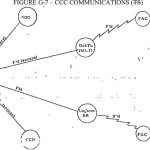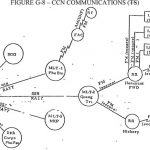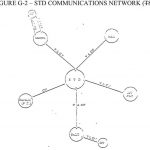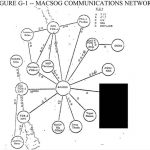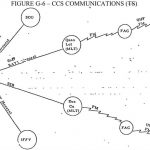MACV-SOG's Communicaton
Dak To launch site commo, running a GRC-109 and a 390a receiver. This is the HF section. To the right of the picture was the VHF/UHF radio section
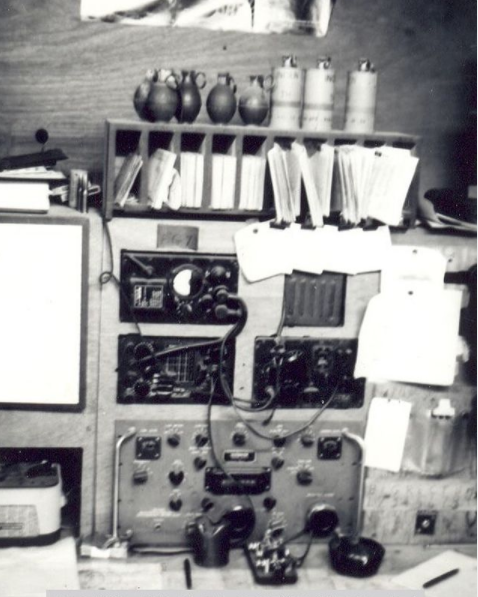
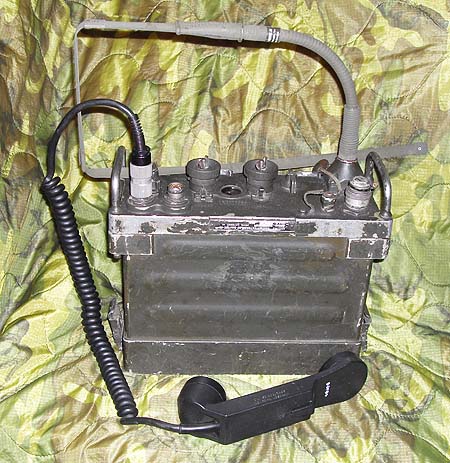
AN/PRC-25
- Basic Characteristics:
Frequency Coverage : 30 – 75.95 MC in 2 bands: 30-52.95 MC and 53 to 75.95 MC, each in 50 KC
increments. 920 Channels total
- Frequency Modulated (FM) “wideband” voice
- Technology : Transistorized except for vacuum tube 2DF4 in the transmitter power amplifier
- Transmitter deviation : 10 KC nominal
- Power Source : BA-386/PRC-25 or BA-4386/PRC-25 battery (portable) or the vehicular amplifier 24 volt
Power Supply as the VRC-53 or GRC-125
- Battery life : 60 hours with BA-4386/PRC-25. Depends upon transmit-receive ratio in use.
- Power Output : 1.5 Watts (Band 2) to 2 watts (Band 1) minimum
- Squelch : Tone (150 cps) Operated “Squelch” mode selected by front panel function switch. Squelch is
disabled when the Function switch is in the “ON” position.
- Weight : 25 pounds with battery and accessories, as carried
- Planning Range : 3-5 miles
AN/PRC-90
– Vietnam War era airman rescue set. AN/PRC-90-and AN/PRC- 90-2 are improved, repairable versions. Operates on 243 and 282.8 MHz AM.
The PRC-90 also included a beacon mode, and a tone generator to allow the
sending of Morse Code. Picture is not the PRC-90 Bob donated to SOA.
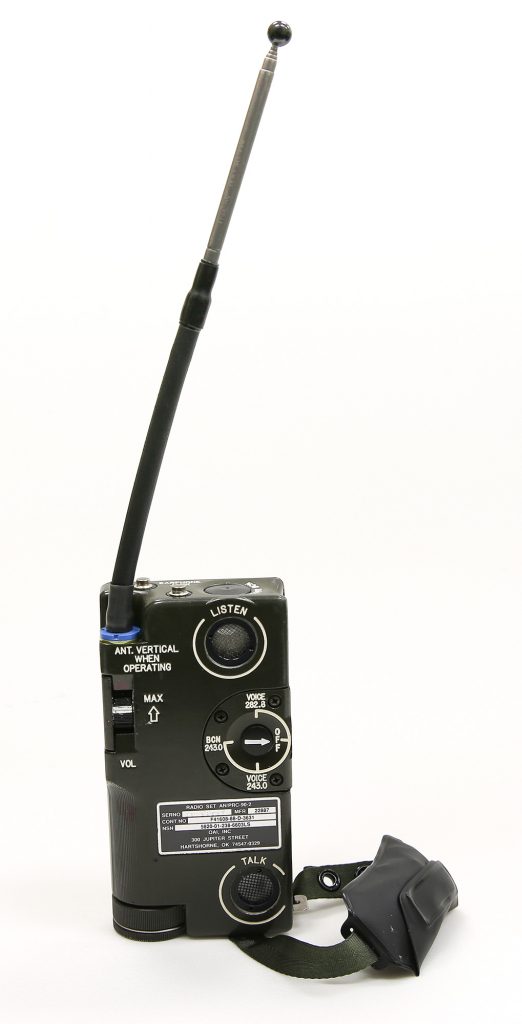
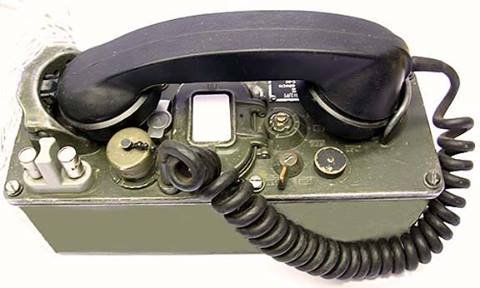
TA-312 Field Phone
Special Forces SOG at FOB-3, Khe Sanh, had a TA-312 at each fighting position so contact could be made to the Medical Bunker and Operations. When the shelling started the phones would start ringing. This meant someone had been hit.
The TA-312/PT is a two wire, battery-operated field telephone. It may be used in a point-to-point wire system or in any two-wire ring- down subscriber position of a telephone
communications system. The Handset H-60 contains
a push-to-talk switch which connects power for talking.
AN/URC-10
– The RT-10 are sub- miniaturized, completely transistorized UHF
radio sets. They consist of a crystal- controlled receiver-transmitter, a 16-v dry battery, and a power cable assembly. The unit operates on one channel in the 240-
260 MHz band, usually 243 MHz. RT-60 and RT-60B1 were two frequency versions of the RT-10
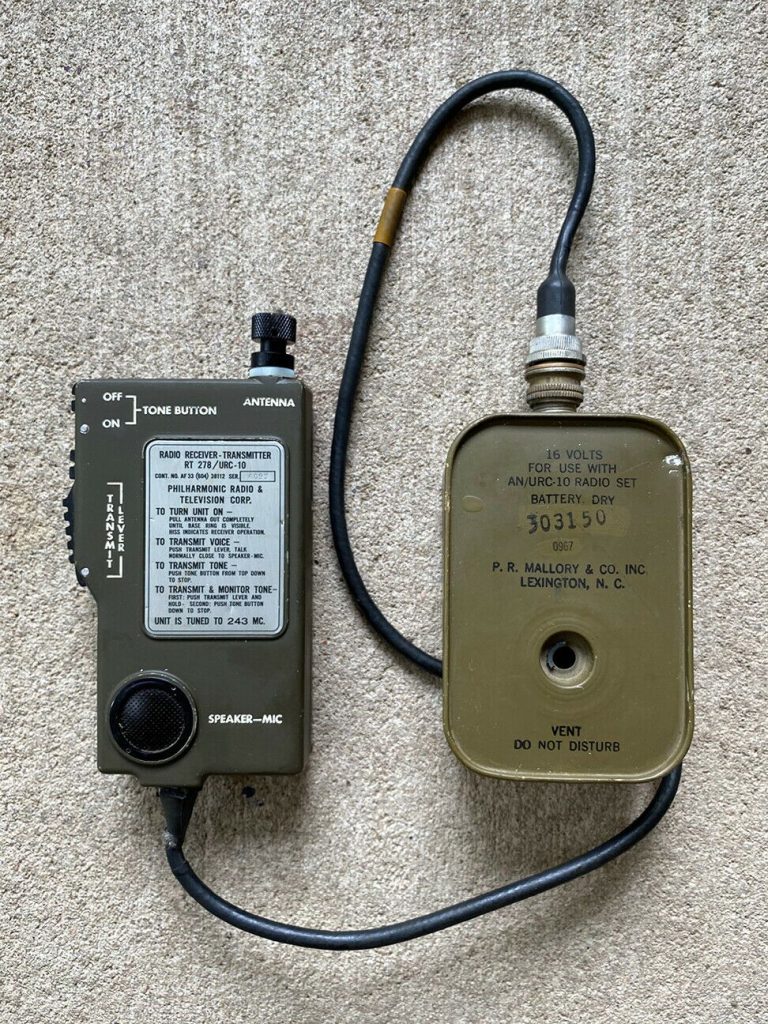
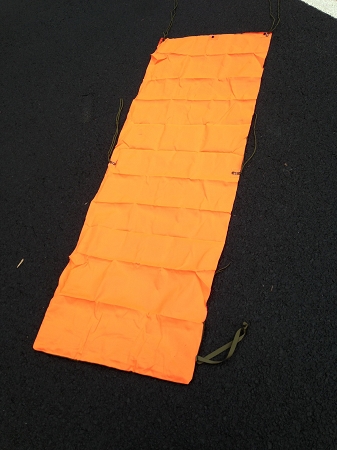
VS-17 Signal Panel
The VS-17 GVX signal panel was used by ground troops or SOG/LRRP teams to affect recognition by air support units. The panel was fluorescent red on one side and fluorescent orange on the other and had an integral OD storage pocket.
A/P25S-1 Signal Kit Pen Flare
Emergency distress signaling gear gave way to the smaller, lighter and more efficient pen-gun types by the time of the Vietnam War. These were characterized by a knurled aluminum pen-shaped launcher with a thumb knob that retracted a spring loaded firing pin. One end of the launcher was threaded to accept the flare cartridge, which was percussion fired upon impact by the firing pin.
The flares would reach an altitude of 200 to 250 feet using this system. Used by the Air Force, Navy and even Army Aviation, the performance of these flares was considered adequate for the expected situations in which they might be used.



